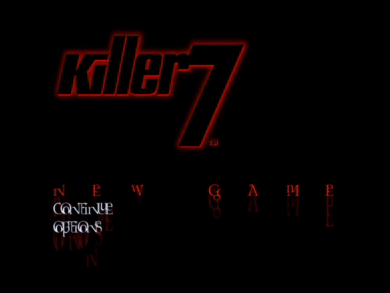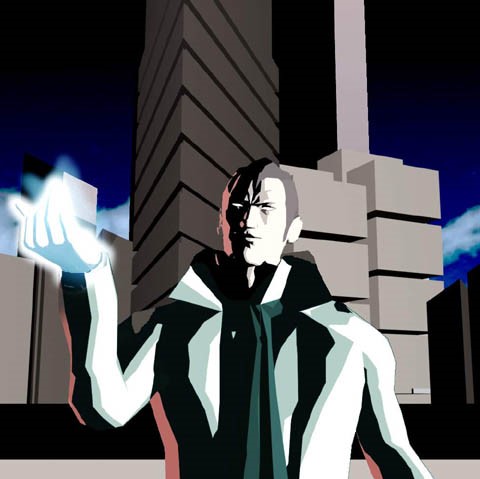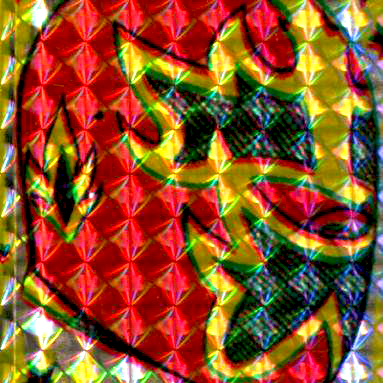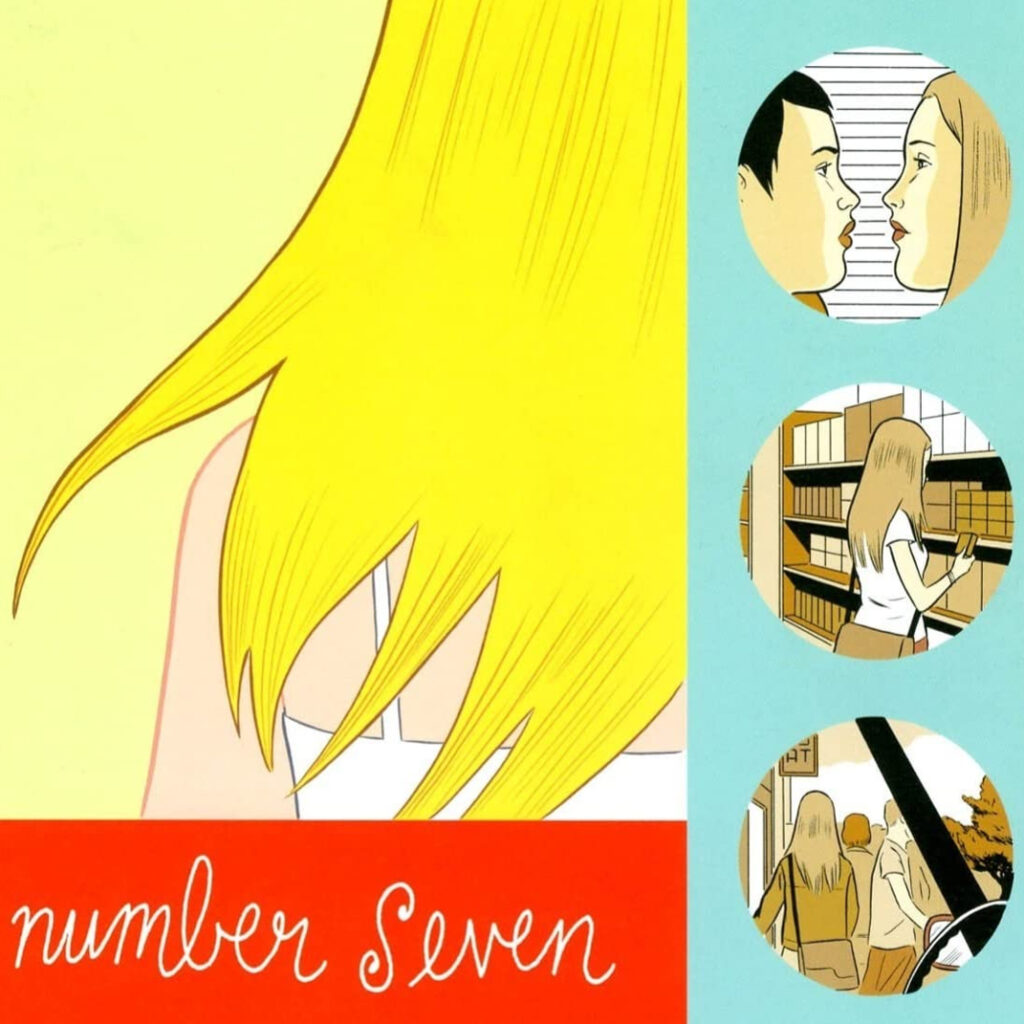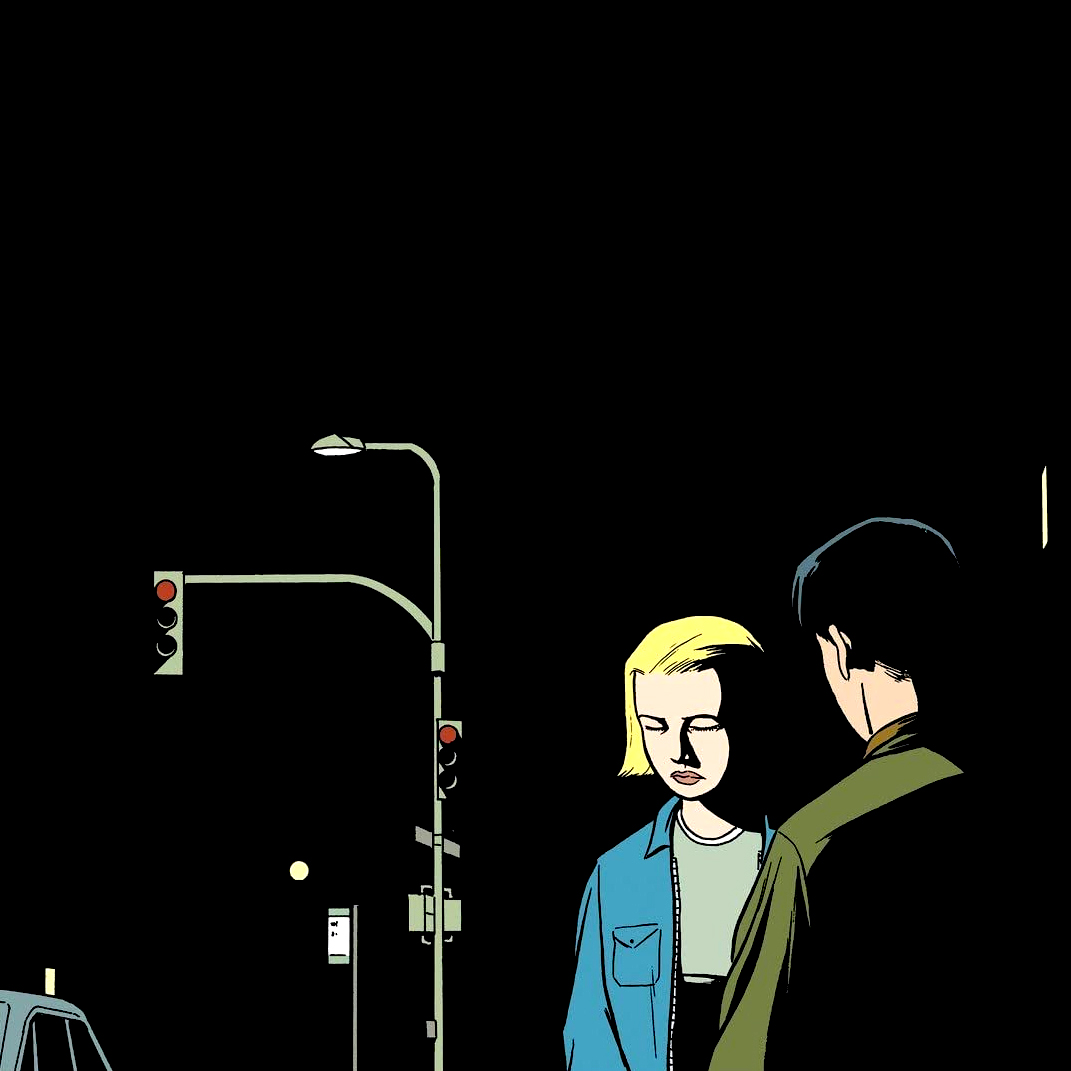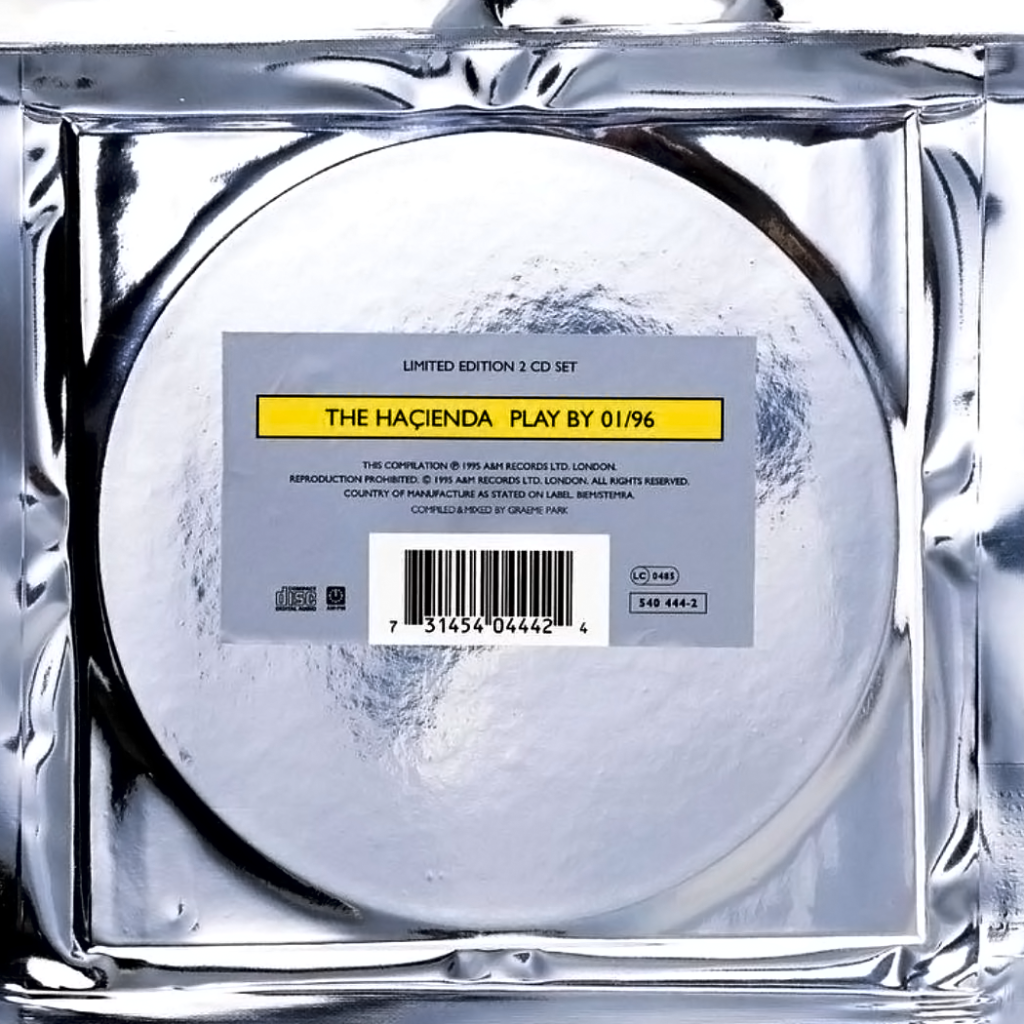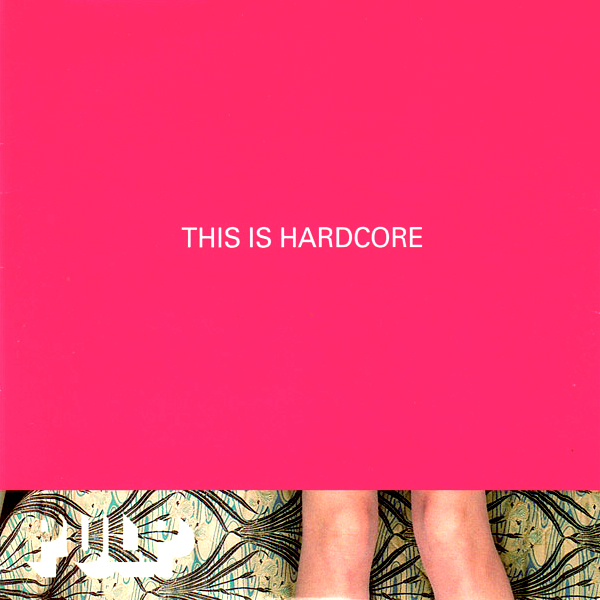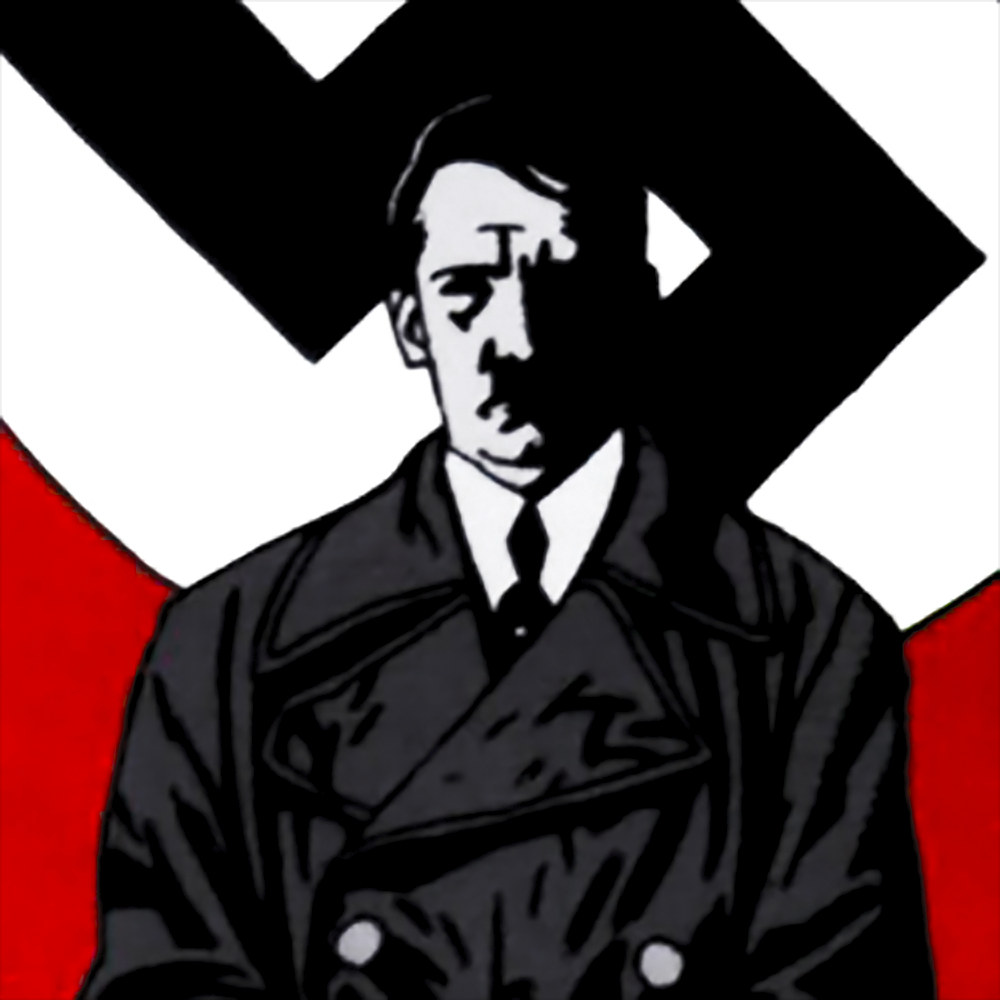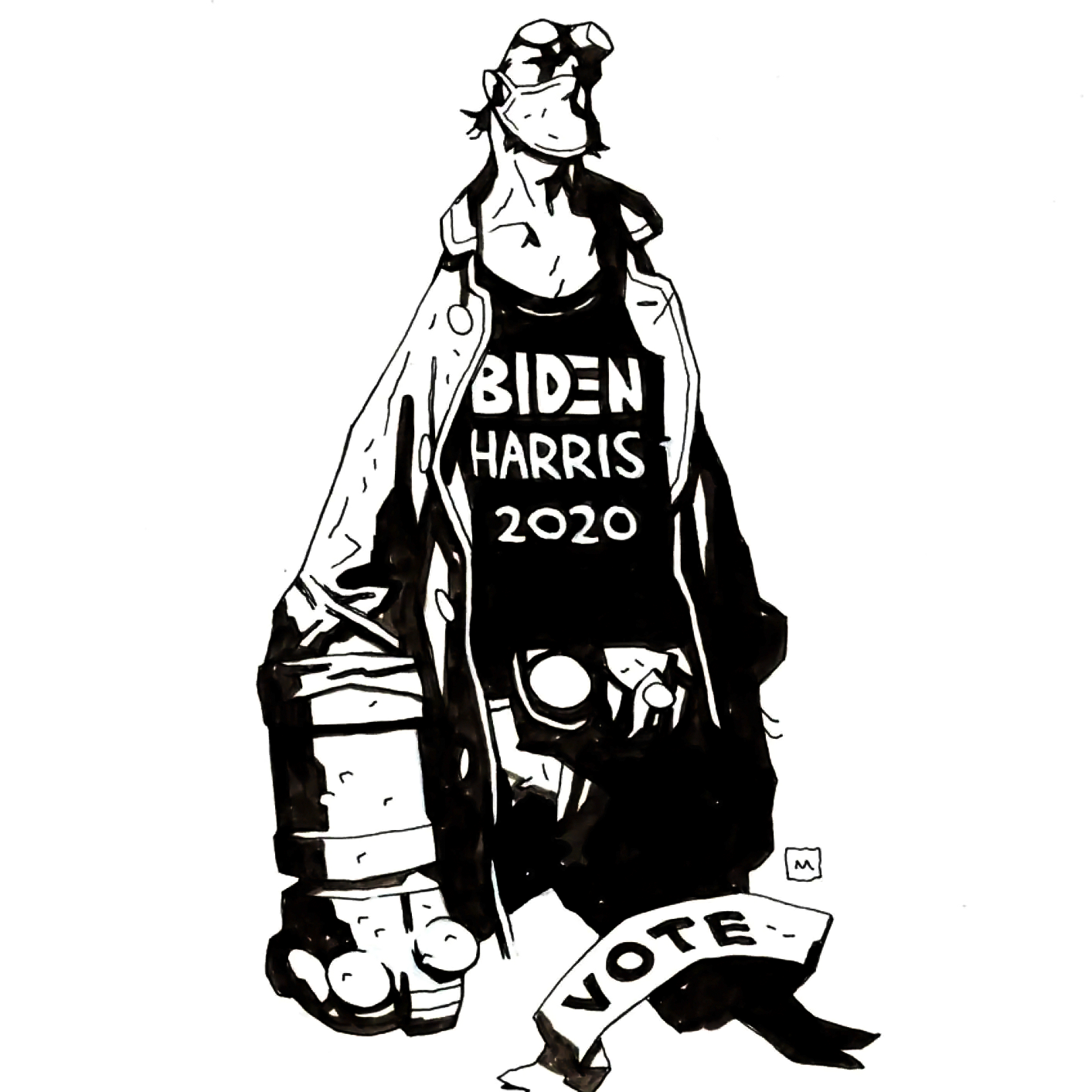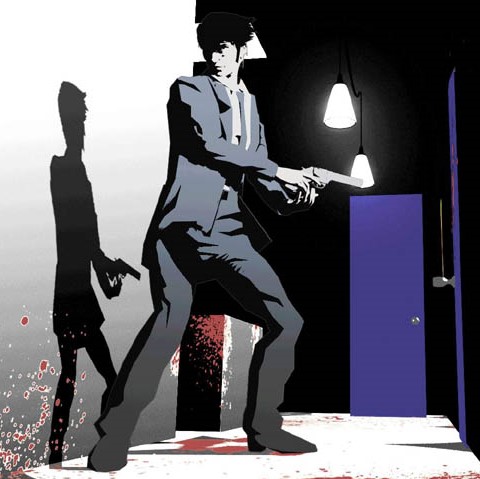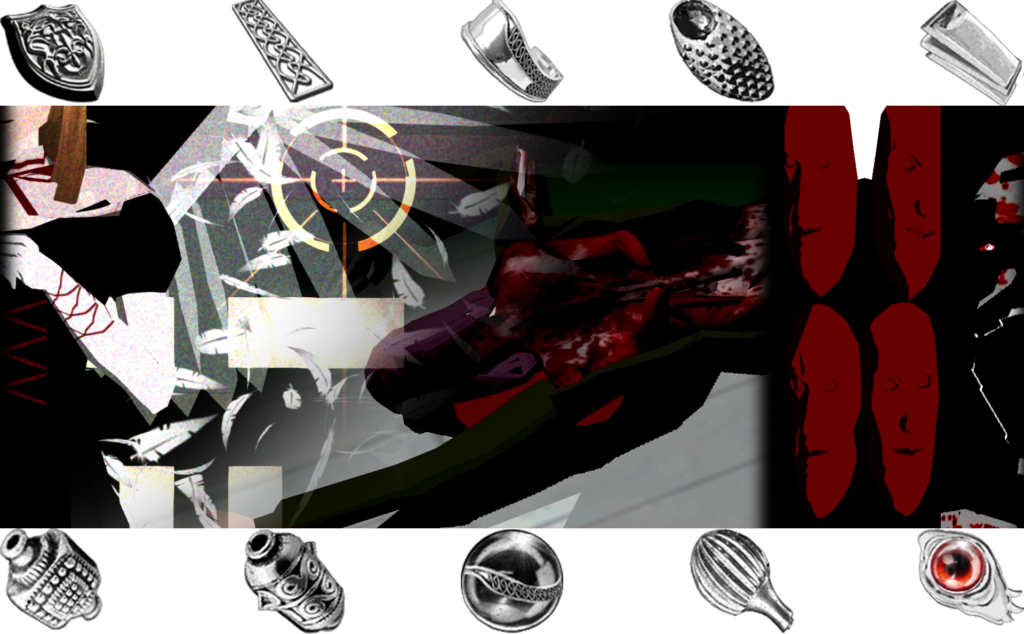
While Flower, Sun, and Rain was ultimately published by Victor, averting a crisis, Grasshopper Manufacture was again left without a publisher.
GhM was quite an insular company, mostly due to their employees all coming from Human Entertainment; as such, once their ASCII contacts were severed, Suda had to draft multiple proposals and approach different companies (Marvelous, Hudson Soft, Konami) directly.
At this point he was also forced to take out a loan in order to cover his employee’s salaries. In other words, the company was on the verge of bankruptcy.
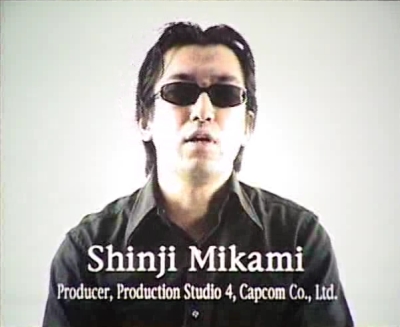
Around the same time, Shinji Mikami, producer of the Resident Evil (BIOHAZARD) series, became interested in revitalizing what he considered to be a stagnant gaming industry, over-reliant on endless sequels and constantly recycling old ideas. As such, he began researching Human Entertainment and its employees in an effort to capture their creative spark. During a meeting with Hifumi Kono, creator of the Clock Tower series, Kono happened to bring up Suda’s name as one of his mentors. It was through this connection that Mikami ultimately came into contact with Suda, asking him to helm one of the games that were to be part of his newest project: the Capcom Five. The two discussed the proposal document together, which ultimately became killer7: A stylish action adventure game in which the player would switch between the seven personalities of the legendary assassin Harman Smith in order to fight Kun Lan, the Hand of God.
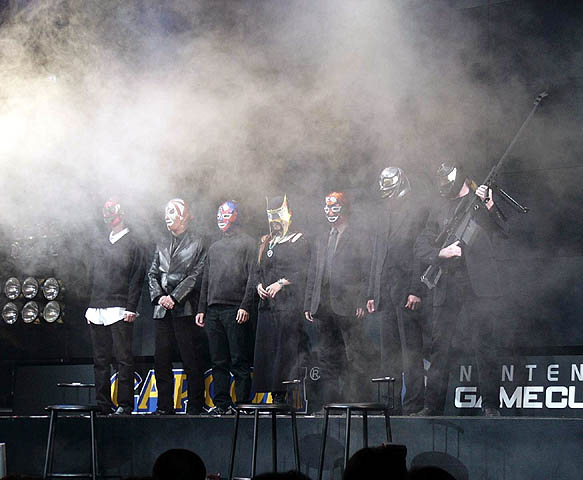
The Capcom Five project would be announced in November 2002, with four new games exclusive to the Nintendo Gamecube, which at the time was suffering criticism due to its lack of third-party support; According to Mikami, its aim was to introduce bold, personal artistic visions into the stagnant world of gaming. The five games that were to be part of it were Viewtiful Joe (helmed by Hideki Kamiya, director of Resident Evil 2 and creator of Devil May Cry), Dead Phoenix (directed by Hiroki Kato, director of Resident Evil: Code Veronica), killer7, P.N.03 and Resident Evil 4, with the latter two being directed by Mikami himself. While Resident Evil 4 was the only sequel present in the line-up, it still marked a radical shift in direction for the series, one that is considered controversial to this day.
From its very first trailer, killer7 presented itself in a unique style, making use of its cel-shaded presentation to mix the noir influences of The Silver with a western comicbook style, with surreal artist Hiro Sugiyama, cartoonist Adrian Tomine, and graphic designer Peter Saville (who created designs for the covers of several Joy Division and New Order albums) specifically cited as inspirations. Character designer Takumi Miyake would also cite Mike Mignola later on.
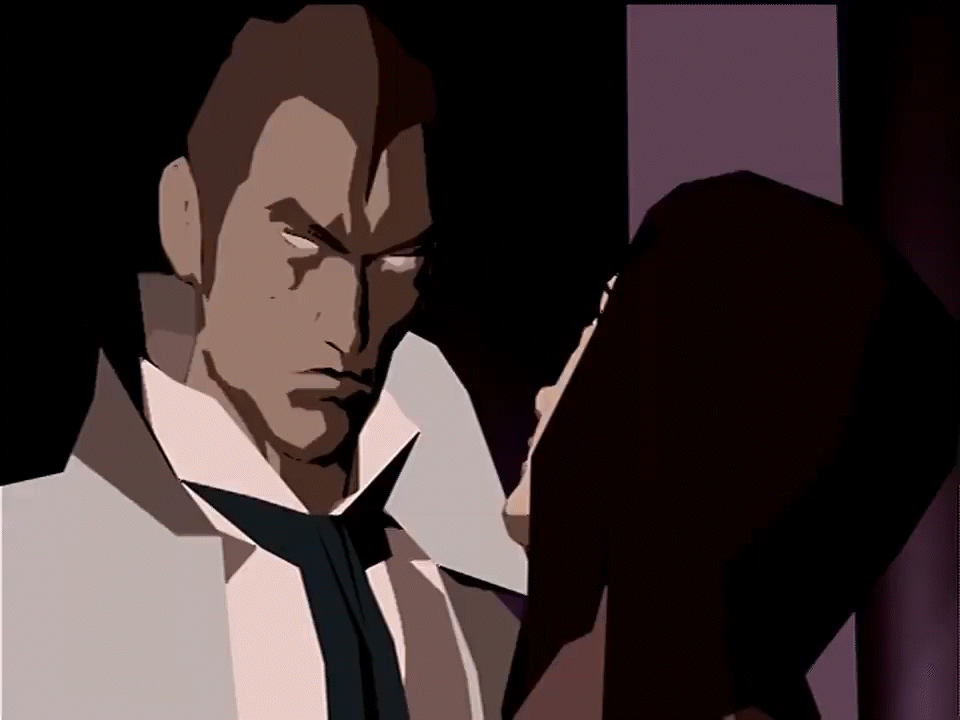
The game was initially described as an evolution of the system present in Flower, Sun, and Rain, where the player would investigate mysteries by interacting with NPCs on the map, with the seven personalities alternating at specific points in the story in order to solve various puzzles. However, Kun Lan, the main villain, could turn normal people into human bombs called Heaven Smiles with the touch of his Hand of God, forcing the player to fight them. In other words, killer7 would be the first game in Suda’s catalog to feature any kind of combat; while this decision may have been influenced by the production of Mikami, Suda already talked about integrating combat into his adventure scenarios as far back as the publishing of the Flower, Sun, and Rain Official Fanbook in May 2001, ironically citing BIOHAZARD as the next step in Adventure Game design.
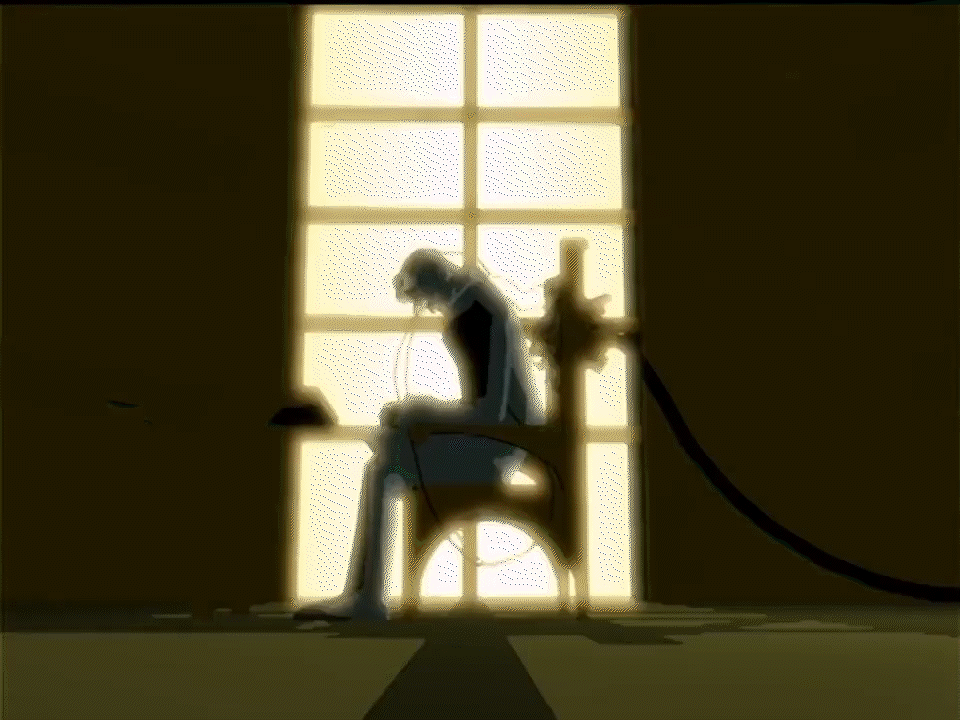
The trailer shown at the event already displayed this, with Kun Lan seemingly possessing random bystanders, and the seven Smiths having to shoot them down. This is a remarkable change of pace compared to Flower, Sun, and Rain, where ASCII vetoed the decision of featuring a gun as a puzzle solving mechanic in order to avoid a “Mature” sticker; shooting innocent civilians was going to be a requirement in order to progress in the game. It’s possible that by working with Capcom, Suda felt emboldened into including more boundary-pushing content than he would have as an independent. In this recent memorandum, he recounted how intimidated he felt going to the Capcom headquarters, located in a skyscraper in Osaka, but also how hands-off Mikami was as a producer: true to his word, Mikami’s role was to make sure that Suda’s full vision came to fruition, rather than to suggest changes to better appeal to the market.
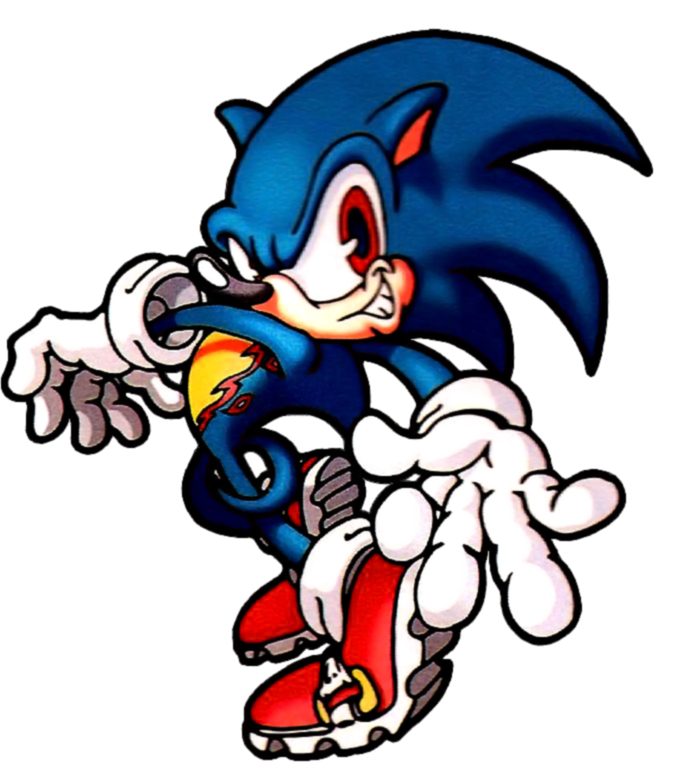
During the development of F.S.R., Suda was ready to give up scenario writing entirely, as he was initially only planning to act as a supervisor: however, Mikami’s confidence in his writing skills led to Suda penning the entire script himself, meaning that Masahi Ooka did not return for this entry.
Kawakami and Watanabe returned as main programmer and system programmer respectively, as well as art director Akihiko Ishizaka and composer Masafumi Takada. Takashi Miyamoto this time designed the game’s weapons; character design duties fell onto Takumi Miyake, who had previously worked with SEGA on the Sonic the Hedgehog franchise, while newcomer to the company Kunihiko Taniwaki created the various Heaven Smiles. In accordance to Suda’s mixed-media style, three different types of animated cutscenes would eventually exist within the game: Ben Hibon worked on the Cloudman chapter, also handling character designs, while Xebec handled the anime-style cutscenes in Sunset and Alter Ego. Graphic designer Eisin Sasaki also joined the team to produce the various analog mechanisms and screens present through the game.
QUOTE OF ENLIGHTENMENT:
 Ask not what your country can do for you, ask what you can do for your country.
Ask not what your country can do for you, ask what you can do for your country.– Sonic The Hedgehog
FUN FACT: Oswald was Canadian
According to BigManJapan’s research into the leaked development documentation, the build shown at this initial announcement, which then received a second trailer in early 2003, was being developed in Maya while the system programmer Watanabe worked on the monumental task of building a Maya export plug-in by himself. No content from this build was present in the source code leak, and therefore it can be inferred that it only ever existed as demo videos, rather than any kind of playable build. Storyboards for these trailers can be found on pages 58 and 59 of Hand in killer7.
The public would be shown the second build of the game during the 2003 Tokyo Game Show, taking place in September. At this point in development, the Heaven Smiles (enemy mobs) already took on their monstrous form, rather than appearing as regular civilians.
The appearance of Sundance Shot also seems to indicate that, at this point, killer7 was still intended to follow up on story-threads from Flower, Sun, and Rain.

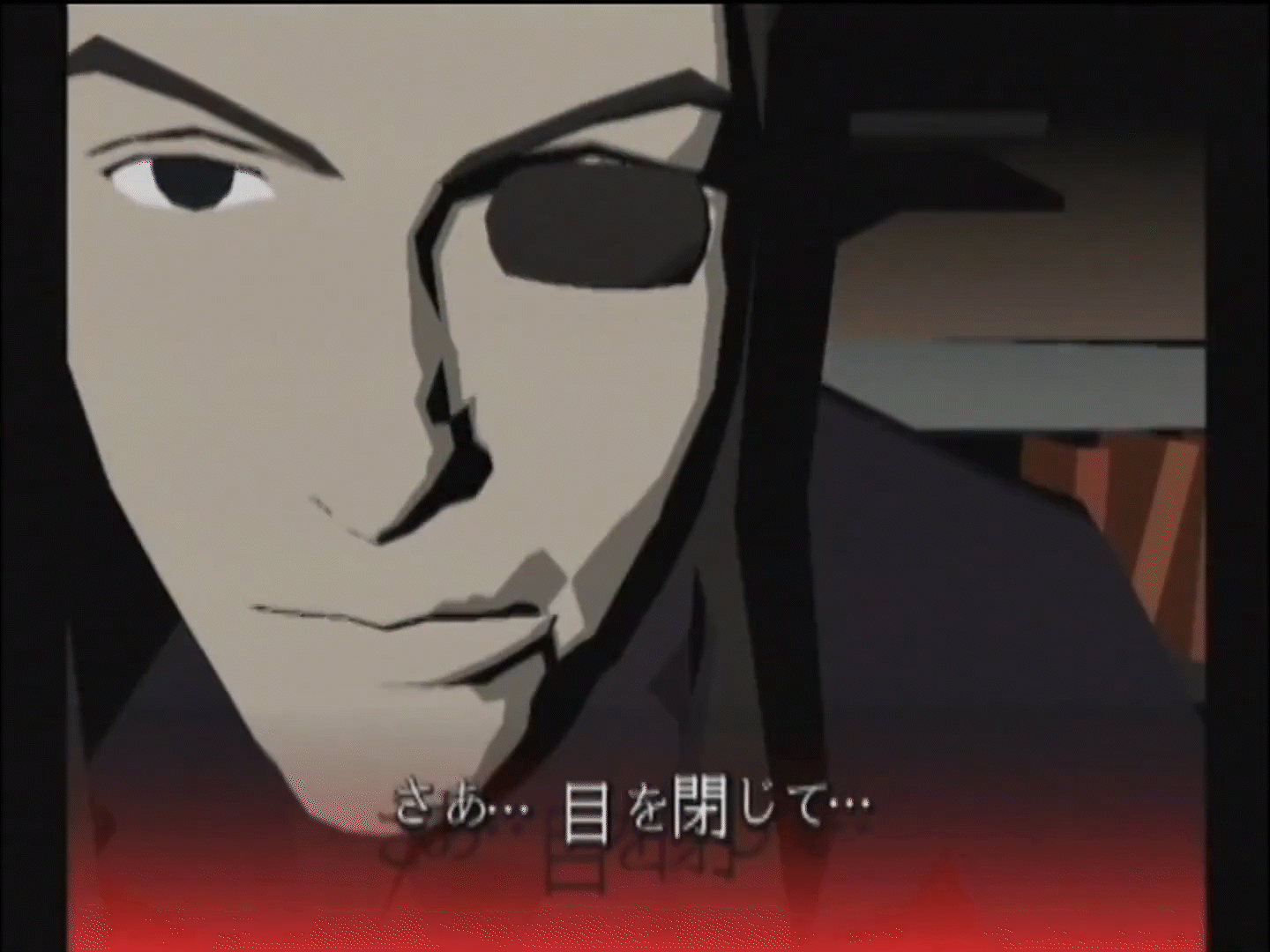
By now, two of the Capcom Five, Viewtiful Joe and P.N.03, had already been released in the first months of 2003, while Dead Phoenix was outright canceled in August. Killer7’s original release window of “winter 2003” had been replaced with a “Coming Soon” in the latest trailers; the release would be delayed several more times, with the game ultimately landing in stores in mid-2005. While Suda was busy working on killer7, GhM released three games, helmed by Akira Ueda, between 2002 and 2004: the first two, Shining Soul 1 and 2 on Gameboy Advance, were fantasy-themed action RPG dungeon crawlers in the vein of Diablo, spun off the larger Shining series by SEGA and co-developed by Nextech. They also happen to be the very first games that GhM worked on to be released in the west, although outside of Ueda’s penchant for designing fantastical landscapes, they are not necessarily representative of the company’s original output.
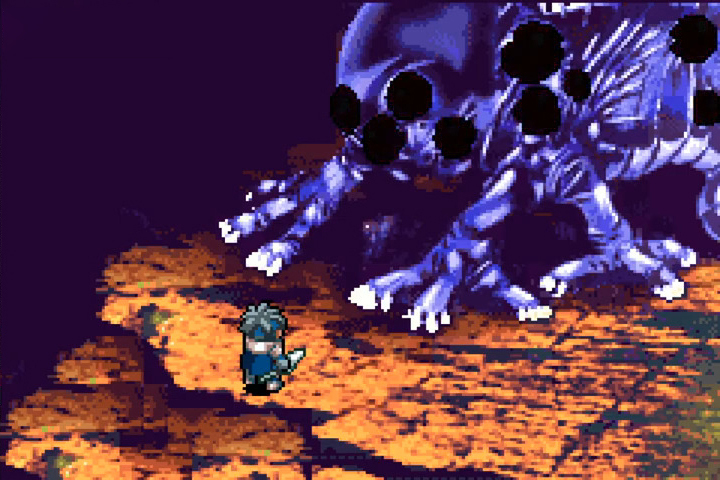
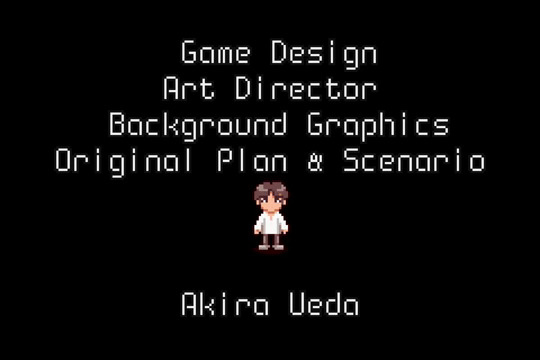
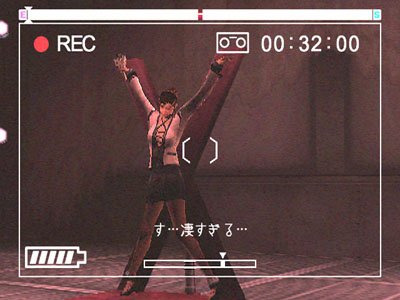
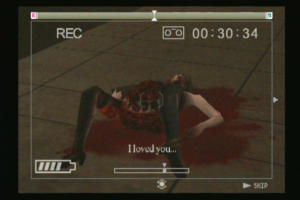
Ueda’s third title, 2004’s Michigan, is a more peculiar personal project, for which he was accosted by Ren Yamazaki (who at this point had only contributed some illustrations for the F.S.R. Guidebook) as script director, Masafumi Takada as composer and Suda himself as planner and editor.
Michigan’s proposal was initially penned by Mitsutoshi Sakurai, president of Spike, another company which, similarly to GhM, was created by Human Entertainment refugees and had also, by that point, acquired the rights to Human’s back catalog. The idea was to replicate the feeling of Stephen King’s “The Mist” inside a videogame; however, GhM was having trouble designing the game around the vague threat of the fog. Earlier builds, which featured an open-world map of Chicago (the setting of the game, itself named after the lake) and a character select screen, were scrapped, and Suda ultimately came up with a different concept by adding monsters that lurked within the mist.
The end result was a bizarre horror-comedy in which the player, controlling an unnamed cameraman from ZaKa TV, is tasked with investigating the mysterious fog that has enveloped the city of Chicago. He is accompanied by the dorky sound engineer Brisco and a cavalcade of sexy reporters.

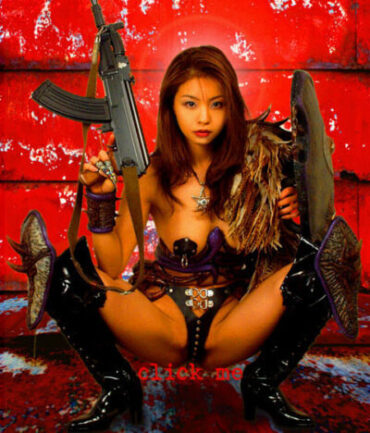
The game is shown entirely from the camera’s perspective and it features a morality system which decides the ending, depending on whether the player will choose to focus on uncovering the conspiracy of the monster-ridden city, shooting violent scenes disregarding the safety of others (in fact, each of your reporters can die and will be replaced by a different one unless you rescue them at specific points), or just give in to their voyeuristic tendencies and focus on upskirt shots, nudes and porn.
Michigan itself is in fact quite lecherous, especially compared to the rest of Ueda’s catalog. The ad campaign for the game heavily featured Yinling of Joytoy, an erotic Taiwanese model, who also starred in a short softcore movie released as part of the game’s promotion on the official website and was featured in the game itself as a secret character.
The game also featured some minor connections to Suda’s previous games, namely with ZaKa TV being part of the ISZK conglomerate, itself named after art director Ishizaka, and a small reference to the Balboa Brothers from Flower, Sun, and Rain. Most importantly though, it showed Suda’s intention of turning GhM into a congregation of different auteurs heading various projects, rather than a simple extension of himself as director.
A third build of killer7 was shown at a Las Vegas press event in 2004. By this point, it seems that the gameplay systems were nearly finalized, though the UI would change substantially before release.
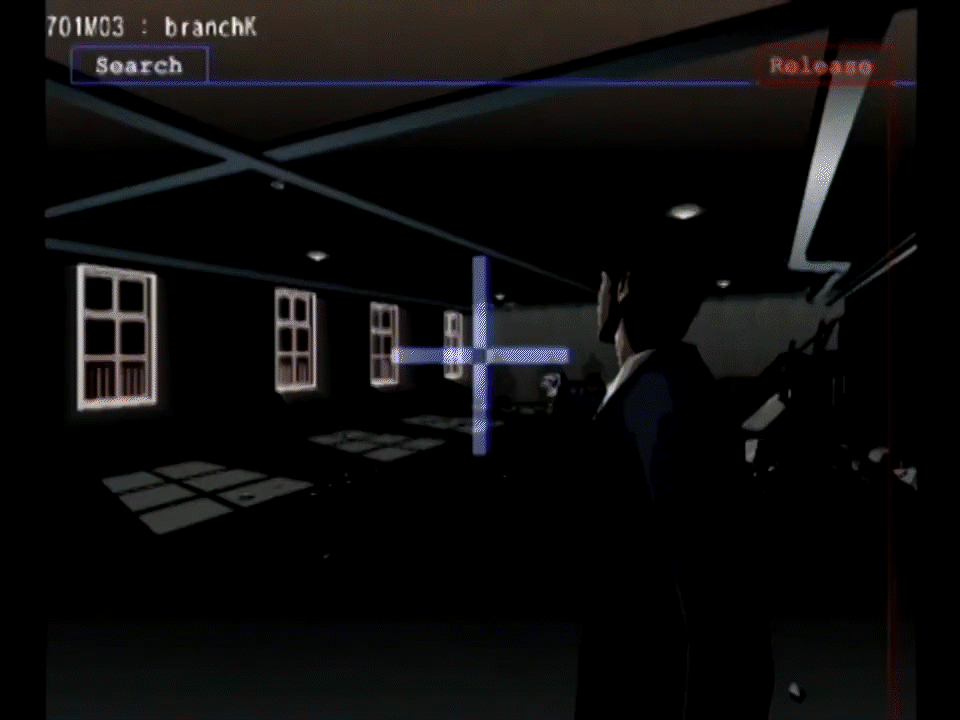
We know from this IGN review that the gameplay systems were conceptualized at a late stage during the development cycle, which instead focused mostly on ironing out the story, setting and visuals.
As we know from observing the development of previous GhM games, creating new game systems that could be understood and interacted with by people who are necessarily acquainted with other videogames was a cornerstone of his design philosophy. As such, killer7 ended up having a pretty unconventional control system, where the playing character moves on pre-determined rails with the press of a single button. To engage in combat, the right trigger must be held to enter first-person mode, to which the function of the main button changes from “walking” to “shooting”.
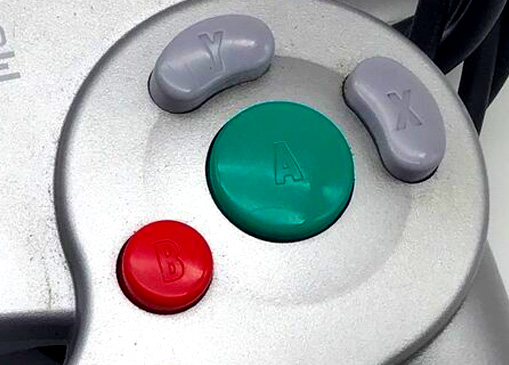
This design decision was likely influenced by the design of the Gamecube controller, where the A button was placed front and center to emphasize its role as the primary means of interaction with the game world. While the other face buttons are used for specific functions or different attacks, the control scheme was purposefully kept simple, avoiding complex button combinations, which producer Hiroyuki Kobayashi described as an attempt to keep the player’s mind free to absorb the setting and contemplate the mysteries of the story rather than focus on gameplay technicalities.
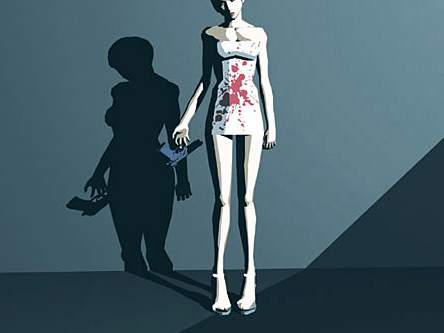
As he stated in his Denfami interview, discussing the speed of the various animations with Mikami helped Suda conceptualize the idea of “action” in games, which would eventually lead to him experimenting with different combat systems in his later career. It should be noted that, at this point, the only games he worked on that had any sort of combat were Super Fire Pro Wrestling III and Special, and the systems in those games were just an evolution of what Masato Masuda had created for the first two titles. Until the end of development, Suda actually felt unsure about the system he created, wondering if he should transform it into something more akin to a western FPS. It was again Mikami who pushed Suda into trusting his own vision, retaining the on-rails movement.
Hideki Kamiya’s Viewtiful Joe was eventually ported on PlayStation 2 in August of 2004, breaking the initial promise that the Capcom Five would be exclusive to Nintendo’s console. For the same reason, it was ultimately decided that killer7 would receive a simultaneous release on both the Gamecube and the PlayStation 2.
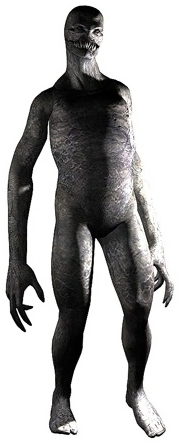
January 2005 saw the release of Resident Evil 4, in itself very different from its initial proposal; while it has been reported several times that Mikami was quite hands-off during the production of killer7, some overlap did exists between the two projects.
Resident Evil 4 features an enemy called the Regenerator, which is remarkably similar to a Heaven Smile in appearance and functionality: both enemies are grotesque humanoids who would slowly advance towards the player, and could be taken down by shooting their weak spot for massive damage, which in killer7 can be seen by making the Heaven Smiles visible through the use of the Vision Ring, while in RE4 would necessitate an infra-red scope. In fact, the very idea of having invisible enemies hearkens back to Mikami’s design of the original Resident Evil’s remake.

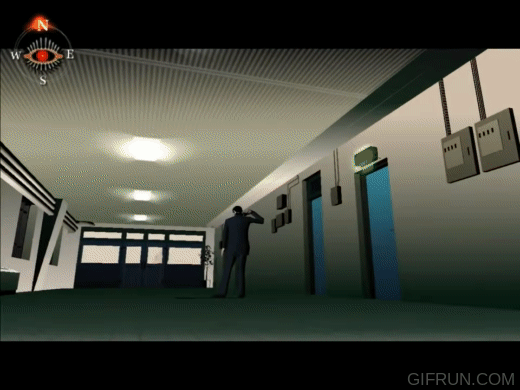
The game also included a handgun called “Killer7”, which in itself is a modified Colt M1911 meant to imitate Kaede Smith’s weapon.
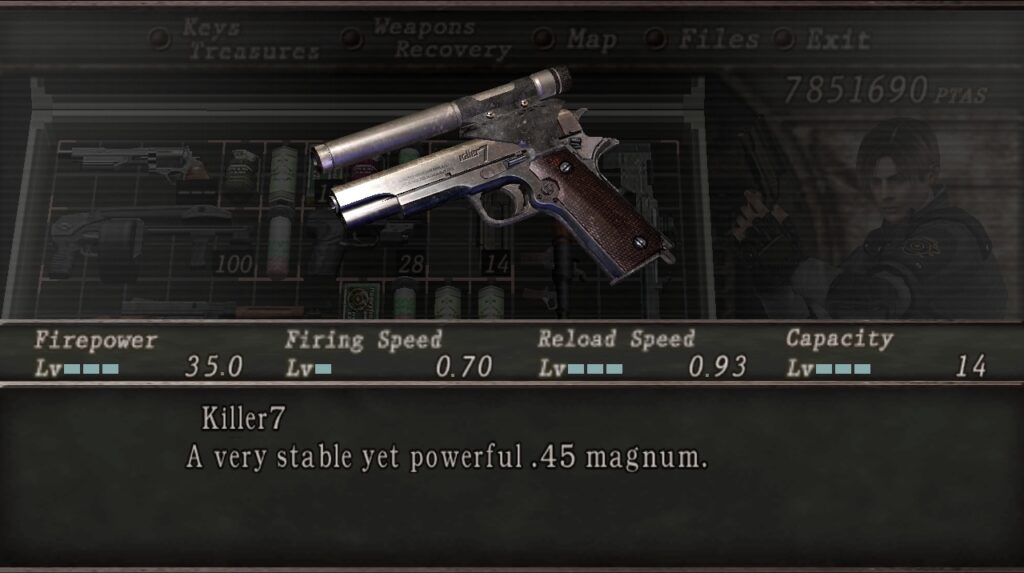
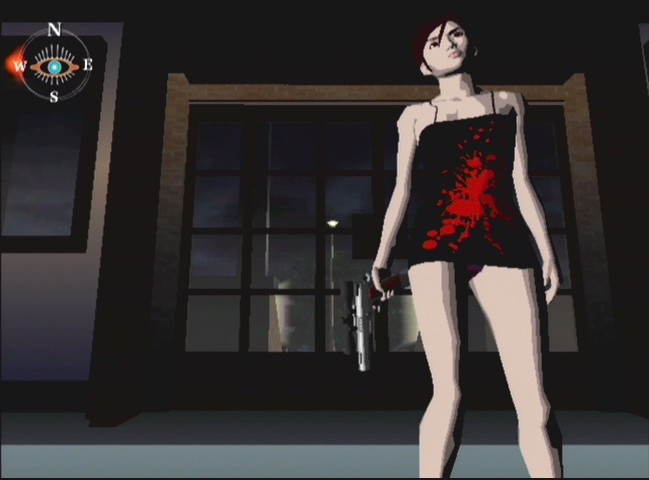
Both games include collectible bottle caps featuring in-game characters; in RE4, these are rewarded for high-scores in the in-game shooting gallery, while in killer7 they are required to progress in the Cloudman chapter.
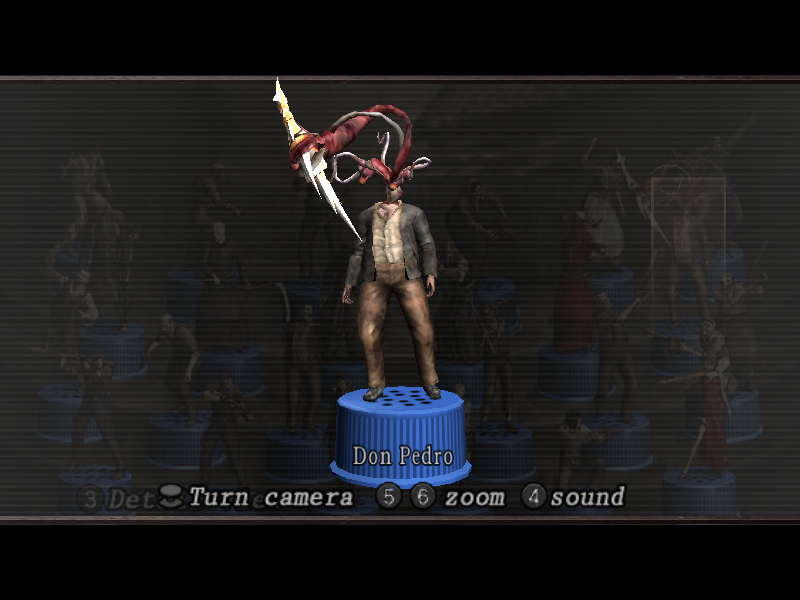
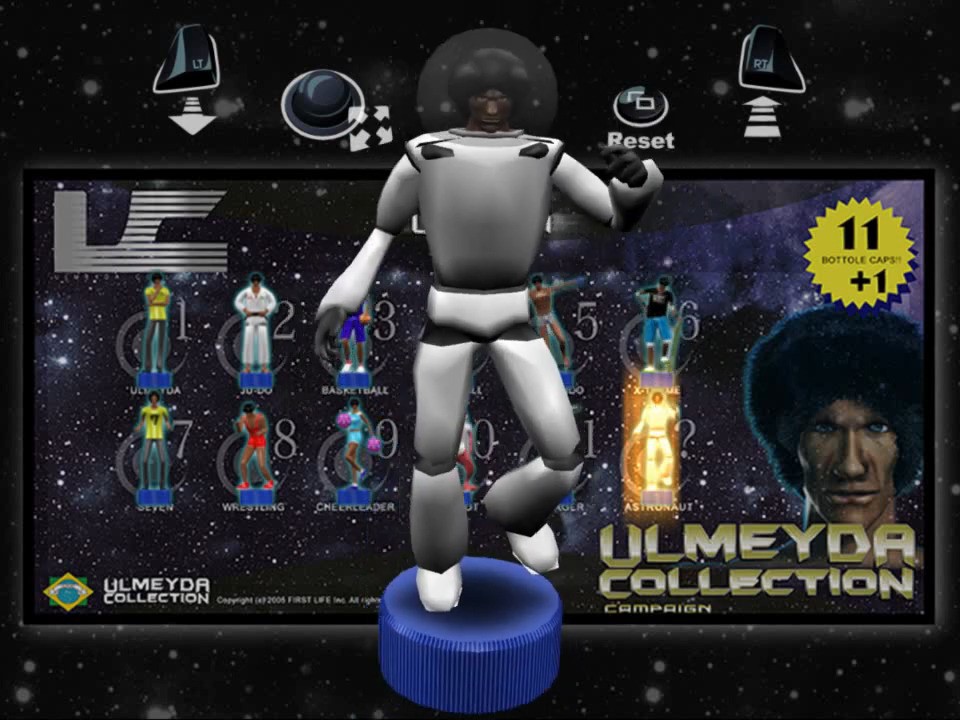
Both games also happen to feature Tommy Guns as post-game unlockables.

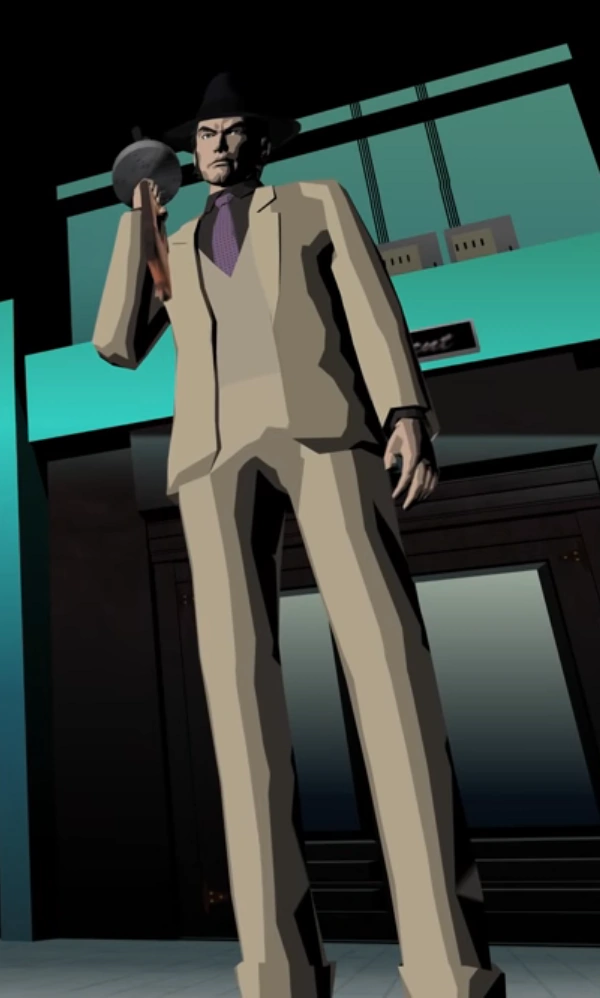
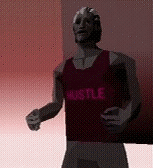
Most notably, the exploration and puzzle design is more or less a stripped down version of earlier Resident Evil titles, despite the control system being markedly different.
By this point, development had moved on to the final build of the game: the idea of NPCs turning into enemy mobs was completely scrapped; Heaven Smiles are initially invisible, though they will appear in first person mode after pressing the left trigger, utilizing the power of the Vision Ring. The adventure-style NPC interactions have been relegated to remnant psyches, Suda’s own interpretation of ghosts which made its debut in The Silver, who appear through the various levels to give the player hints and expand on the story. Moreover, the players can actually switch between the personae at will, rather than only being available at specific intersections.
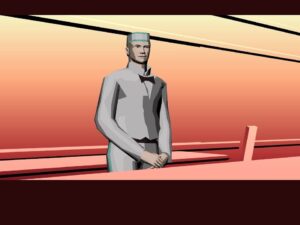
The overt connections to Suda’s earlier games that the earlier trailers hinted at had been dropped completely. Through the course of this presentation, Suda explained that, as killer7 was going to be Grasshopper’s international debut, he thought it preferable to structure the game’s scenario as a reboot or reinterpretation of the ideas presented in The Silver, in a way that would be digestible to foreign audience not necessarily acquainted with his previous work. In his interview for the Hand in killer7 handbook, he went through the trouble of mentioning that while some characters from those games do appear in killer7, those appearances should be considered as mere cameos, and that killer7 takes place in a different timeline than the rest of Grasshopper’s catalog.
The game was built from the ground-up with English voice-overs, much like the BIOHAZARD series: for this reason, the team employed translator Shinsaku Ohara, who had previously collaborated with Mikami on past Resident Evil titles and the rest of the Capcom Five. He was tasked with localizing Suda’s Japanese scenario to produce a script for the American voice actors of the Soundeluxe Design Music Group, who’d be directed by industry veteran Kris Zimmerman, known for her work on the Metal Gear Solid series, who would also cameo in the game as one of the victims of the Heaven Smiles in the game’s first chapter.
Despite that, however, killer7 still ended up being deeply rooted in the Kill the Past mythology which began with Moonlight Syndrome, both thematically and in the way its fictional world is structured.

Unlike Moonlight, The Silver and F.S.R., killer7 lacks the dual-narrative typical of the earlier Kill the Past games. This was not by design, however: the story was originally going to alternate between a narrative set in the past, following a young Harman Smith, and one set in the present, following the old, wheelchair-bound Harman we see in all promotional images.
As he explained in this episode of Gameinformer’s Super Replay, around two-thirds of the game had to be cut due to budgetary concerns, meaning the entire past storyline had to be scrapped alongside the backstory of many members of the Smith Syndicate, pointing out the Encounter scenario as a particularly difficult one to adapt due to its over-reliance on past events in his Hand in killer7 interview.
The game would eventually be released in July 2005 in all major regions. Much like the other Capcom Five games, its PlayStation 2 version was severely downgraded, replacing its real time cutscenes with FMVs as well as several 3D models and effects. While sales were modest, the release of killer7 put Grasshopper Manufacture on the international stage, albeit with some controversy due to its depiction of violence and sexual content.
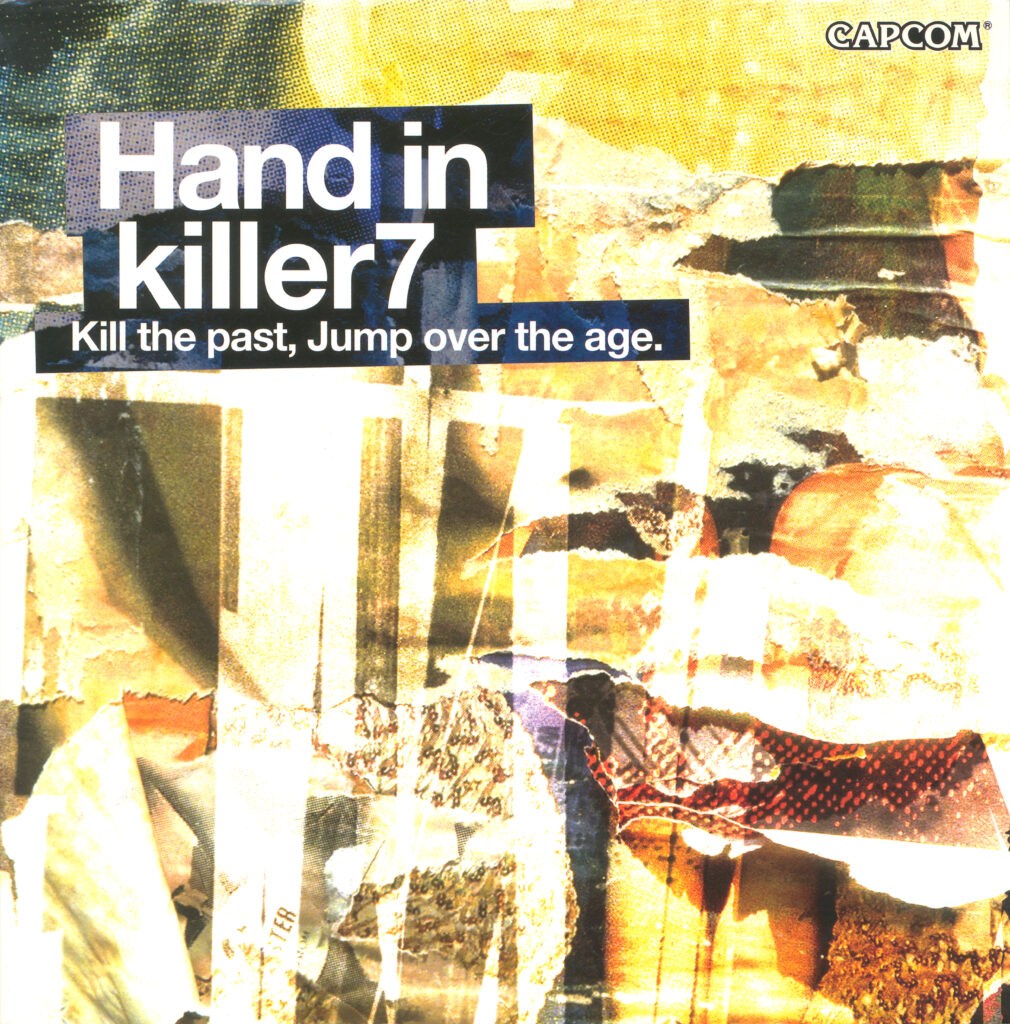
August of that same year saw the release of Hand in Killer7, a handbook containing both in-universe data on killer7’s characters, factions, metaphysical phenomena and timeline of events, and real-life interviews with the development staff which I have been referencing through this article. While HiK7 represents a significant expansion for the world of killer7 and helps to clarify some of its more nebulous plot points, possibly by including story details that were originally meant to appear in the cut past storyline, it does little in terms of “explaining” its mysteries, with its narrative being, at times, just as fractured and contradictory as that of the game itself.
According to SUDA51 himself, this was an intentional choice, as in his mind, the mystery of killer7 is something that players are meant to carry in their real lives and reach the truth by themselves:
The chronology in this book is pretty straightforward and covers the basic facts. However, whether or not it is the truth should be viewed with suspicion. Once you’ve beaten the game, the real killer7 begins, and if the players connect it to their everyday lives, they’ll arrive at the truth. Just like terrorism, the tale of killer7 is a neverending battle.
SUDA51
For Hand in Killer7, Suda was accosted as writer by long-term collaborator Masahi Ooka, returning from his work on The Silver and F.S.R., and newcomer Masahiro Yuki, who would later go on to write scenarios for The 25th Ward.
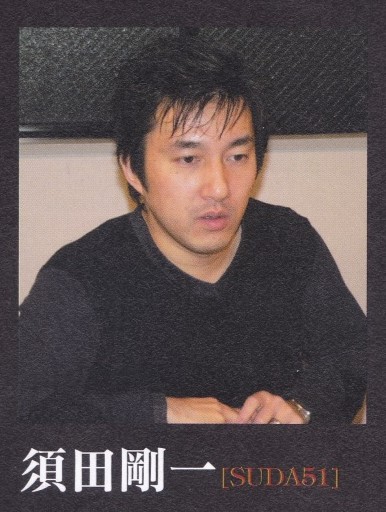
Another expansion on the story of killer7 made its debut the following month in Dengeki PlayStation, as the episodic novel Killer is Dead.
Penned by 51 himself, KiD takes place in the 70s and stars an original character, professional killer Shigeki Birkin, nicknamed The Batman due to his weapon of choice. Through the course of his tale, Birkin will interact with younger versions of several killer7 characters, namely Curtis Blackburn, Dan Smith, Christopher Mills and Pedro Montana.
As Birkin’s name actually appeared in the source code leak of killer7, it is clear that the character was originally meant to appear in the game, meaning that KiD itself is likely comprised of reworked plot points from the cut storylines of the original game, specifically the ones expanding upon Dan and Curtis’ shared past in Encounter.
A location mentioned in the story, the Horizon Tower, was also present in the leak and appeared in several early trailers for the game, and the depiction of Heaven Smiles as regular civilians, named “smiling faces” or “same faces” in the leak, is integrated in the story as a prototype of what would eventually become the monstrous Heaven Smiles depicted in the game.
KiD also featured specific ties to the HiK7 timeline, cementing it as a piece of killer7 history. The story ran for six issues through the following six months, but it never reached a conclusion: Suda himself commented, in an interview segment, on how he was reluctant to forever close the book on killer7, and it seems that his reluctance simply led him to never writing that seventh and final chapter, which was originally “delayed” and then never mentioned again.
Through the following decades, this fabled final chapter was occasionally promised but never delivered; Shigeki Birkin would, however, end up being featured in two of Suda’s later games.
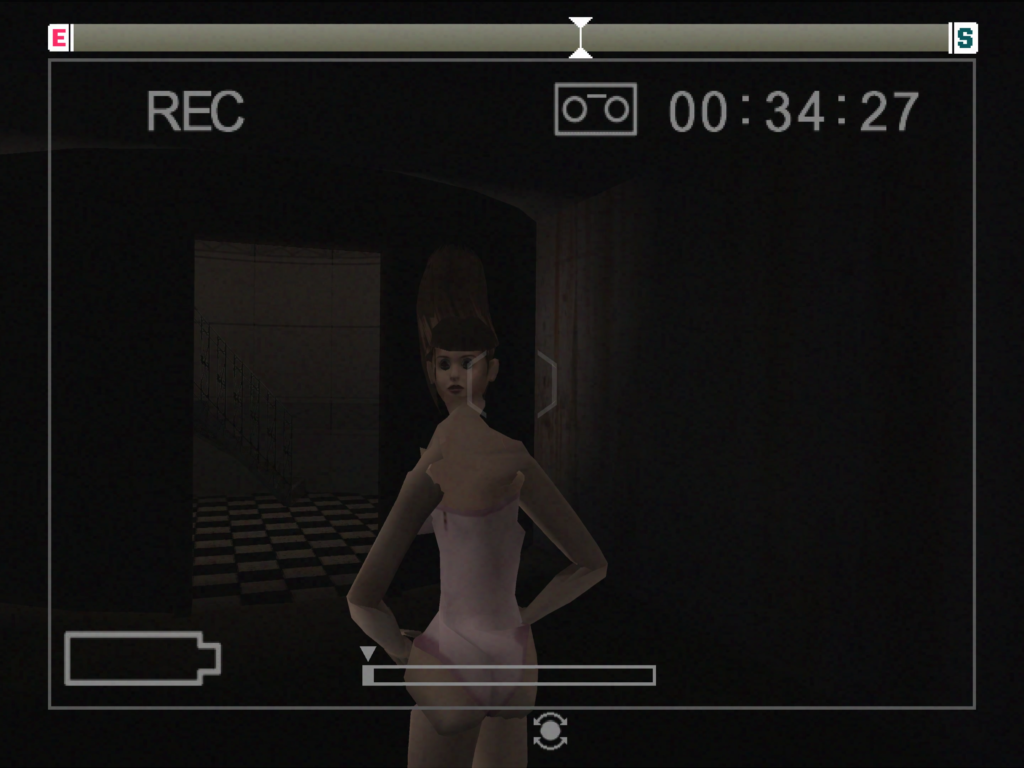
Possibly because of the buzz generated by killer7, Michigan also received a western release by Italian company 505 GameStreet in September 2005, albeit exclusively for Europe, with the added subtitle “Report from Hell”.
Much like killer7, Michigan was translated by Japanese natives from INTAC, resulting in an extremely faithful localization with only minor changes in the text. The English voice acting however, despite also being handled in Japan by Tokyo Recording and Waver Sound, veered towards a gonzo, over-the-top style to further emphasize the game’s comedy.
All content related to Yinling was also removed from the European release, possibly due to copyright issues, and a bug prevented users from accessing the unlockable secret videos which expanded on Michigan’s conspiracy. However, a new feature was added in which all female reporters could be selected for the secret pole-dancing show, an option previously exclusive to Yinling. Suda himself had no idea that the game received a western release until he was told by a journalist in 2008.
Despite receiving a few re-releases on PlayStation 2 through the years, killer7 was never ported on modern systems until 2018, when it was released on Personal Computers through the Steam distribution platform. This PC port is overall extremely faithful to the original Gamecube release, also featuring some improvements such as English closed captions, mouse and keyboard support and a widescreen options.

